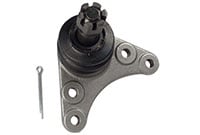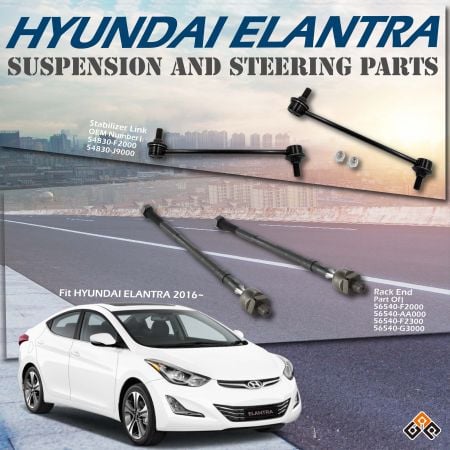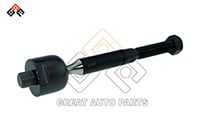What Sets Apart Electric & Conventional Car Steering?
Evolution and Nuances of Automotive Steering Technology
As we accelerate towards a future fueled by sustainability, electric vehicles are rapidly becoming the stars of the road. This shift brings with it a wave of technological advancements, particularly in how we steer these innovative machines. The steering system, a critical interface between driver and vehicle, is undergoing a fascinating evolution. This raises a compelling question: How do electric cars differ in their steering mechanisms compared to traditional gasoline-powered vehicles?
What is a Steering System?
The steering system is a critical component of a vehicle, responsible for facilitating the driver's control and direction. It is designed to translate the rotational movement of the steering wheel into the lateral movement of the wheels. In traditional vehicles, the steering system usually involves a mechanical linkage between the steering wheel and the wheels, allowing the driver to guide the vehicle smoothly.
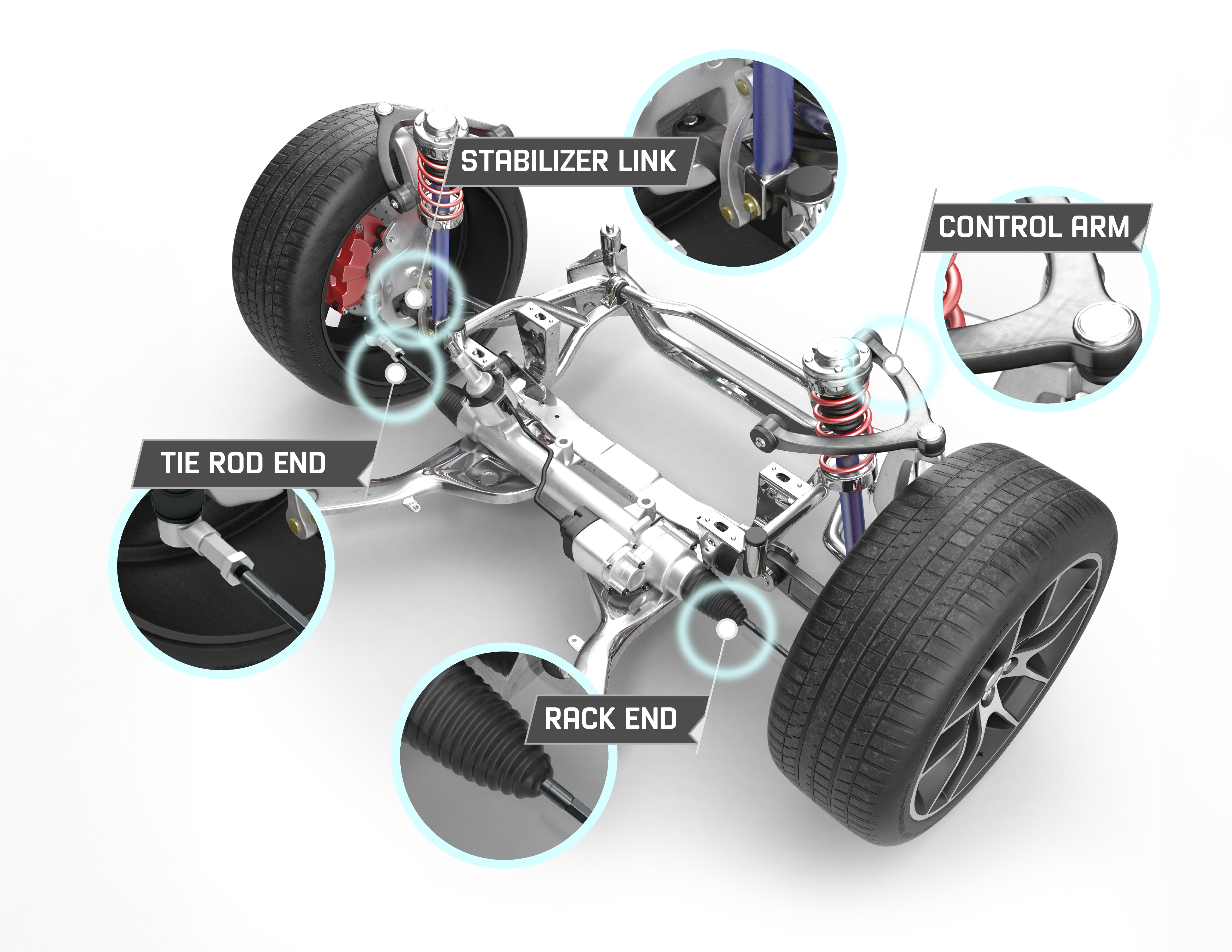
What’s Inside a Steering System?
Inside a steering system, you'll find several essential components working in tandem to ensure precise control. These include:
Stabilizer Links: These connect the sway bar to the suspension components, minimizing body roll during cornering.
Tie Rod End: Links the steering knuckle to the rack-and-pinion or steering box, transmitting force to the wheels.
Ball Joint: Connects the control arm to the steering knuckle, allowing for flexible movement.
Rack End: Connects the outer tie rod to the steering rack, contributing to steering responsiveness.
Control Arm: Attaches the steering knuckle to the vehicle's frame, providing support and facilitating controlled movement.
Together, these components ensure that steering inputs are translated efficiently, resulting in a smooth and controlled driving experience.
What’s Inside an Electric Car Steering System?
In an electric car steering system, traditional mechanical linkages are often replaced by electronic components. Electronic sensors and actuators take center stage, interpreting the driver's input and controlling the movement of the wheels. This shift towards "steer-by-wire" technology enhances precision, responsiveness, and opens avenues for innovative features such as customizable steering response.
Are there any differences in the steering system of electric cars vs. conventional cars?
Yes, differences exist between the steering systems of electric and conventional cars. In electric cars, components like Sway Bar Links, Tie Rod End, Ball Joint, Inner Tie Rod, and Control Arm may undergo subtle variations in design and materials. These adaptations are made to accommodate the unique characteristics and requirements of electric vehicles.
What’s the maintenance difference between electric cars vs. conventional cars?
Electric cars generally require less maintenance in the steering system due to their reduced reliance on mechanical components. With fewer moving parts, there is less wear and tear. In contrast, conventional cars, with their intricate mechanical linkages, may require more regular attention and maintenance to ensure optimal performance.
Are there specialized auto parts associated with the weight distribution in electric cars affecting the steering mechanism?
Indeed, electric cars often exhibit different weight distribution due to the placement of batteries. This may lead to the development of specialized auto parts in the steering mechanism, ensuring that the system can effectively handle the unique challenges posed by the shifted weight distribution. These specialized parts contribute to maintaining the precision and reliability of the steering in electric vehicles.
Steering into the Future
As we conclude our exploration of the differences in steering systems between electric and conventional cars, it's clear that precision and quality in automotive parts play a crucial role in this technological evolution. This is where Great Auto Parts Industrial CO., LTD., based in Taiwan since 1988, emerges as a leader in the field. With over three decades of expertise in manufacturing automotive CNC machined components, Great Auto Parts has established itself as a beacon of excellence in the industry.
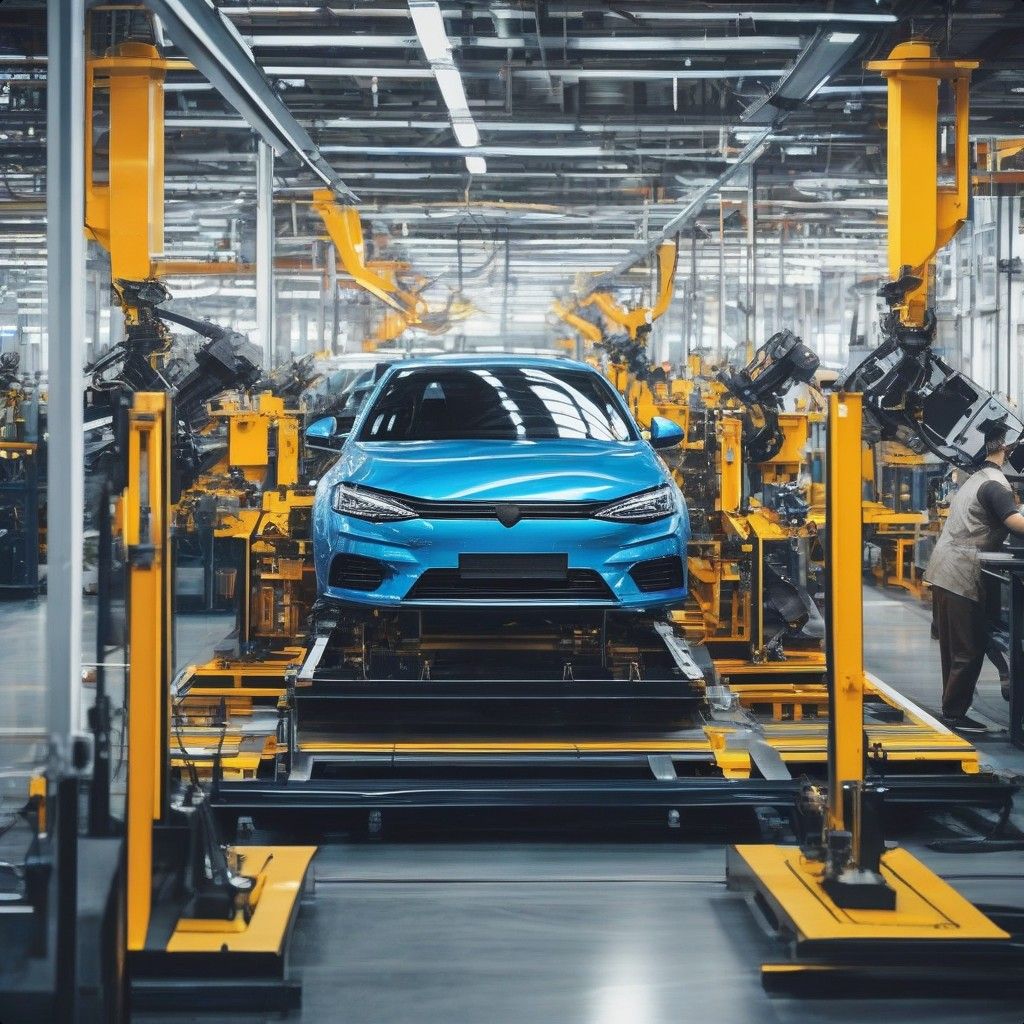
Their extensive range of products, including suspension and steering parts like front outer tie rod ends, upper and lower ball joints, car steering racks, and rear stabilizer bar links, caters to a diverse array of vehicles. Whether you're navigating the complexities of electric vehicle technology or maintaining the reliability of conventional cars, Great Auto Parts is your go-to source for steering and suspension components that define excellence.


